Chimney liners play a crucial role in the safety and efficiency of your fireplace or heating appliance. In this piece, we’ll explore what chimney liner are, why they are important, the different types available, how they work, and the benefits of having a properly installed chimney liner.
By the end of this article, you’ll have a clear understanding of chimney liner and their significance in maintaining a healthy and functional chimney system.
What Are Chimney Liners?
Understanding Chimney Liners
Chimney liner, also known as flue liners, are protective barriers inside chimneys that channel smoke, gases, and combustion byproducts safely outside your home. They serve several essential functions:
- Containment of Combustion Byproducts: Chimney liner prevent heat and gases from penetrating the chimney’s masonry, reducing the risk of fire hazards and structural damage.
- Improved Draft: Properly sized and insulated chimney liner facilitate better draft, ensuring efficient combustion and reducing the buildup of creosote, a flammable substance that can lead to chimney fires.
- Corrosion Protection: Liners protect the chimney walls from corrosive gases produced during combustion, extending the lifespan of the chimney and reducing maintenance costs.
- Code Compliance: Many building codes and regulations mandate the installation of chimney liner to enhance safety and environmental standards.
Types of Chimney Liners
There are several types of chimney liner available, each with its unique characteristics and suitability for different heating systems:
- Clay Tile Liners: Traditional and cost-effective, clay tile liners are durable and suitable for most masonry chimneys. However, they may crack under extreme temperature changes.
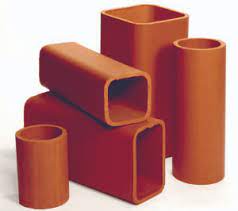
- Metal (Stainless Steel) Liners: Highly versatile, stainless steel liners are ideal for both wood-burning and gas appliances. They offer excellent resistance to corrosion and can be customized to fit various chimney sizes.
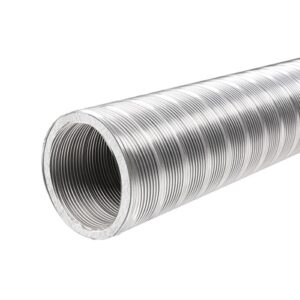
- Cast-In-Place Liners: Constructed onsite using specialized techniques, cast-in-place liners provide a seamless and durable lining, making them suitable for older or irregularly shaped chimneys.
- Insulated Liners: Insulated liners feature a layer of insulation between the liner and chimney walls, improving draft and reducing heat transfer to the surrounding structure.
How Chimney Liners Work
Chimney liner create a smooth, insulated pathway for smoke and gases to exit the chimney. Here’s how they work:
- Smoke Extraction: As combustion occurs in your fireplace or appliance, smoke and gases rise into the chimney. The liner guides these emissions upward, preventing them from seeping into the chimney’s masonry.
- Insulation: Insulated liners, in particular, maintain consistent temperatures inside the chimney, preventing condensation and creosote buildup. This insulation also helps protect the chimney walls from extreme heat.
- Corrosion Resistance: Stainless steel and other corrosion-resistant liners withstand the acidic byproducts of combustion, preserving the integrity of the chimney over time.
What Are Chimney Liners?
Benefits of Chimney Liners
Installing a chimney liner offers numerous benefits, including:
- Enhanced Safety: Liner reduces the risk of chimney fires and carbon monoxide leaks by containing combustion byproducts.
- Improved Efficiency: Properly sized and insulated liners optimize draft, ensuring efficient fuel combustion and reducing energy waste.
- Extended Chimney Lifespan: By protecting the chimney walls from heat and corrosion, liner prolong the chimney’s structural integrity and longevity.
- Code Compliance: Many insurance companies and building codes require chimney liner for safety and regulatory compliance.
What Are Chimney Liners? : Parting Words
In conclusion, chimney liner are essential components of a safe and efficient chimney system. They protect against fire hazards, improve draft performance, extend chimney lifespan, and ensure compliance with building codes.
Whether you opt for a traditional clay tile liner or a modern stainless steel liner, investing in a quality chimney liner is a proactive step towards maintaining a healthy and functional chimney for years to come.

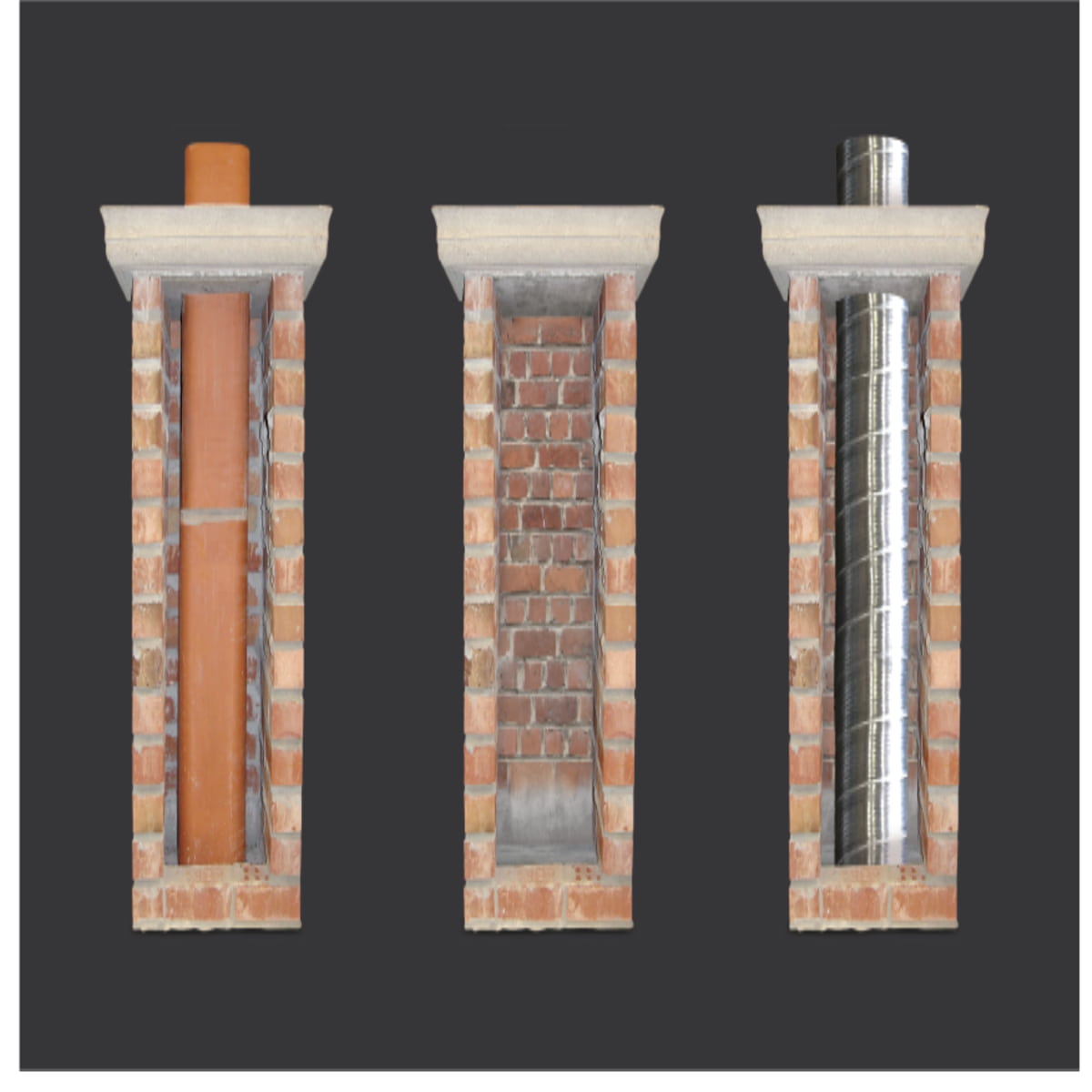
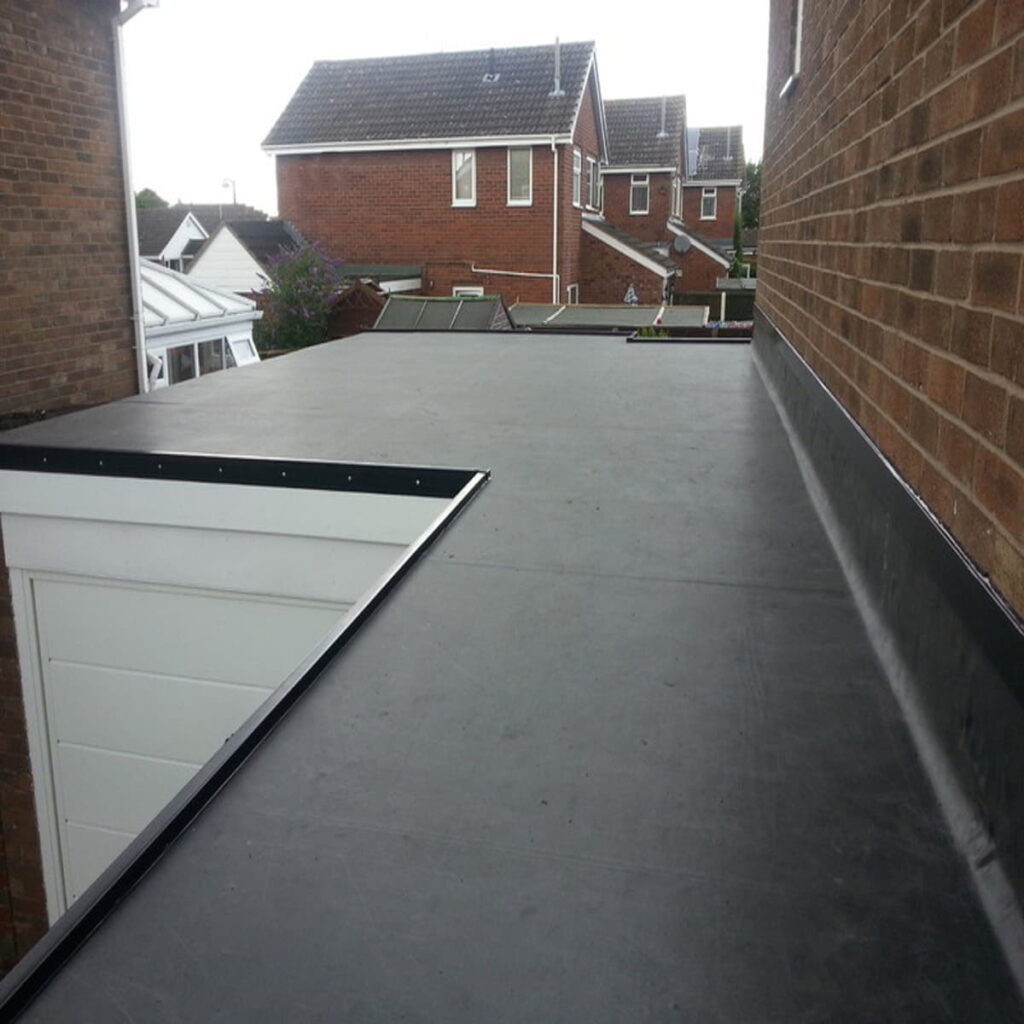


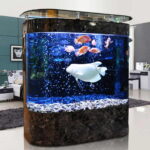

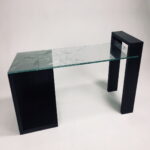


One Comment